14 Free Ocean Travel transparent PNG images
Discover our curated collection of Ocean Travel imagery, featuring 14 free AI-generated images that capture the majesty of maritime adventures. From stunning seascapes and luxury cruise vessels to intimate sailing moments and underwater exploration, our diverse collection includes high-quality stock photos, 3D renders, vectors, and artistic illustrations. Each image is available for high-resolution download, and with our innovative 'open in editor' feature, you can modify the original prompt to regenerate variations that perfectly match your vision.
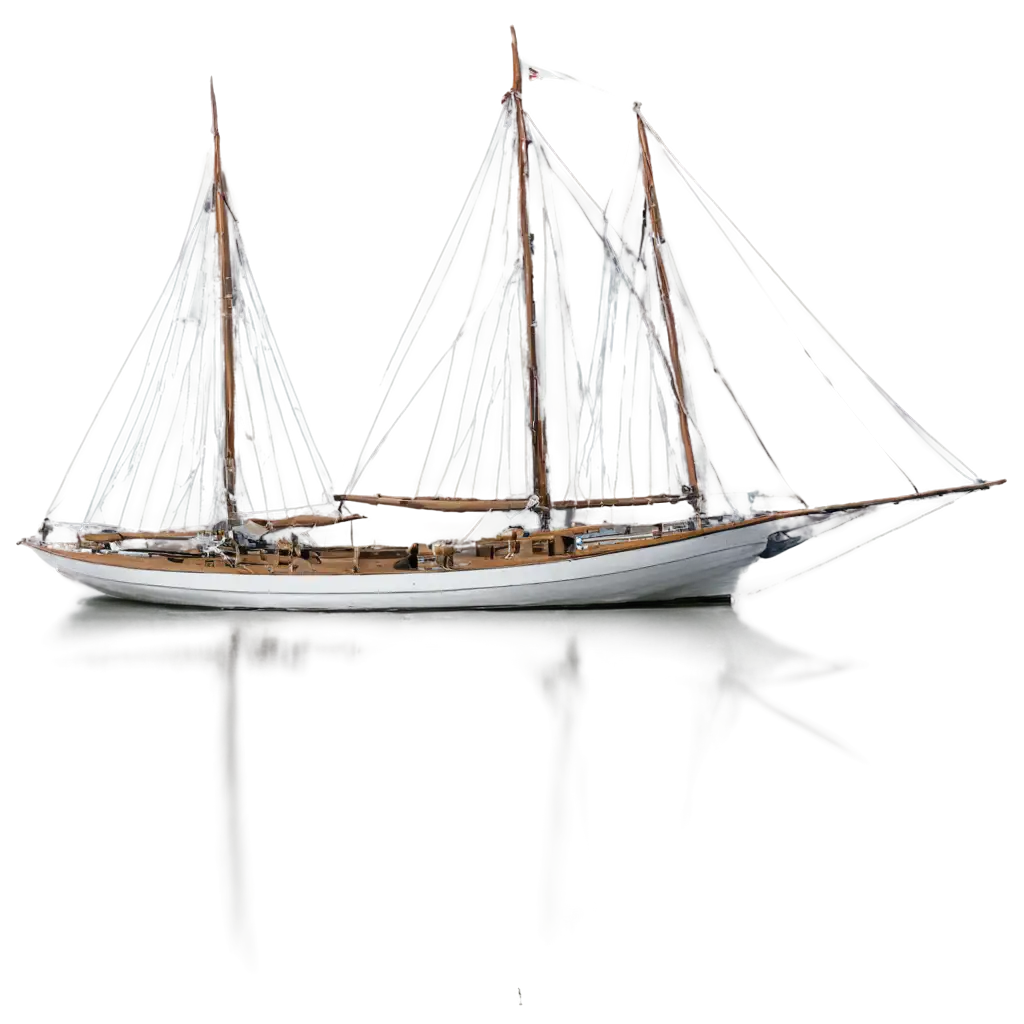
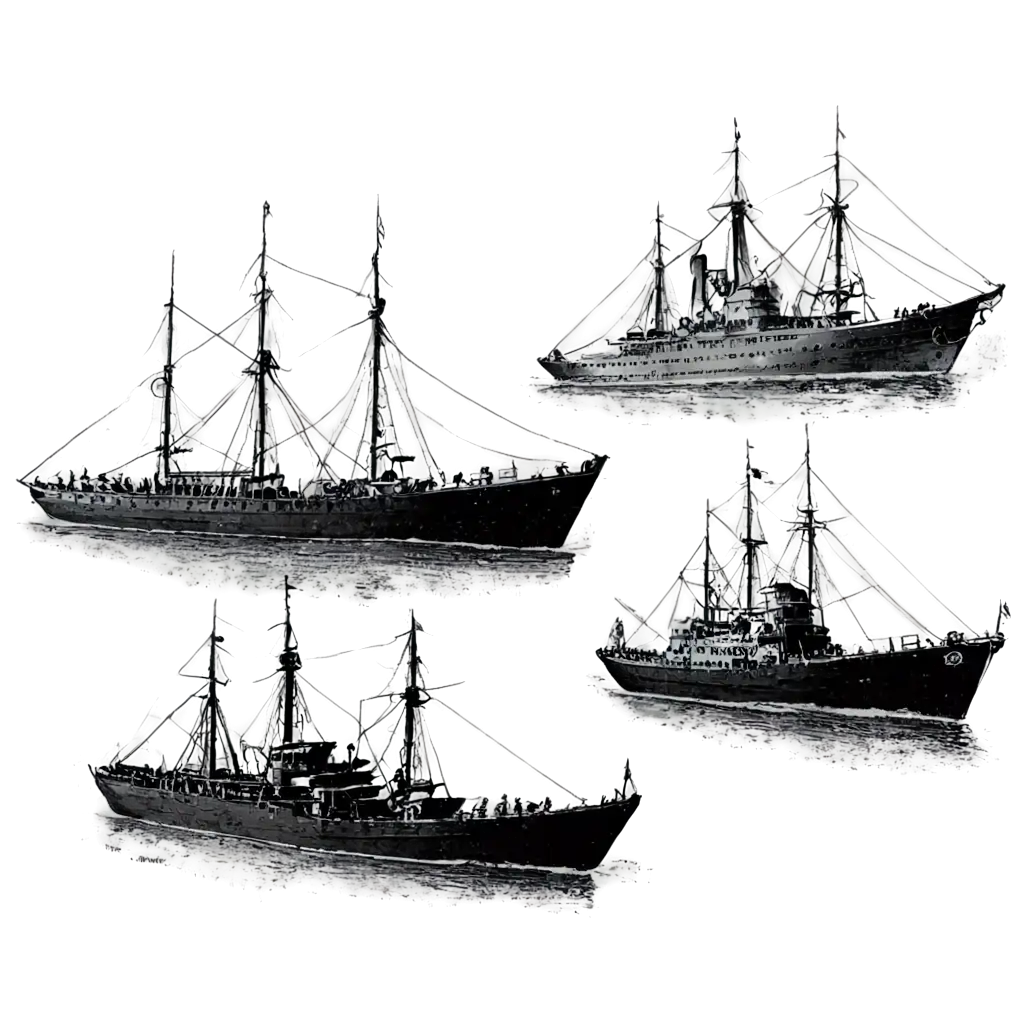
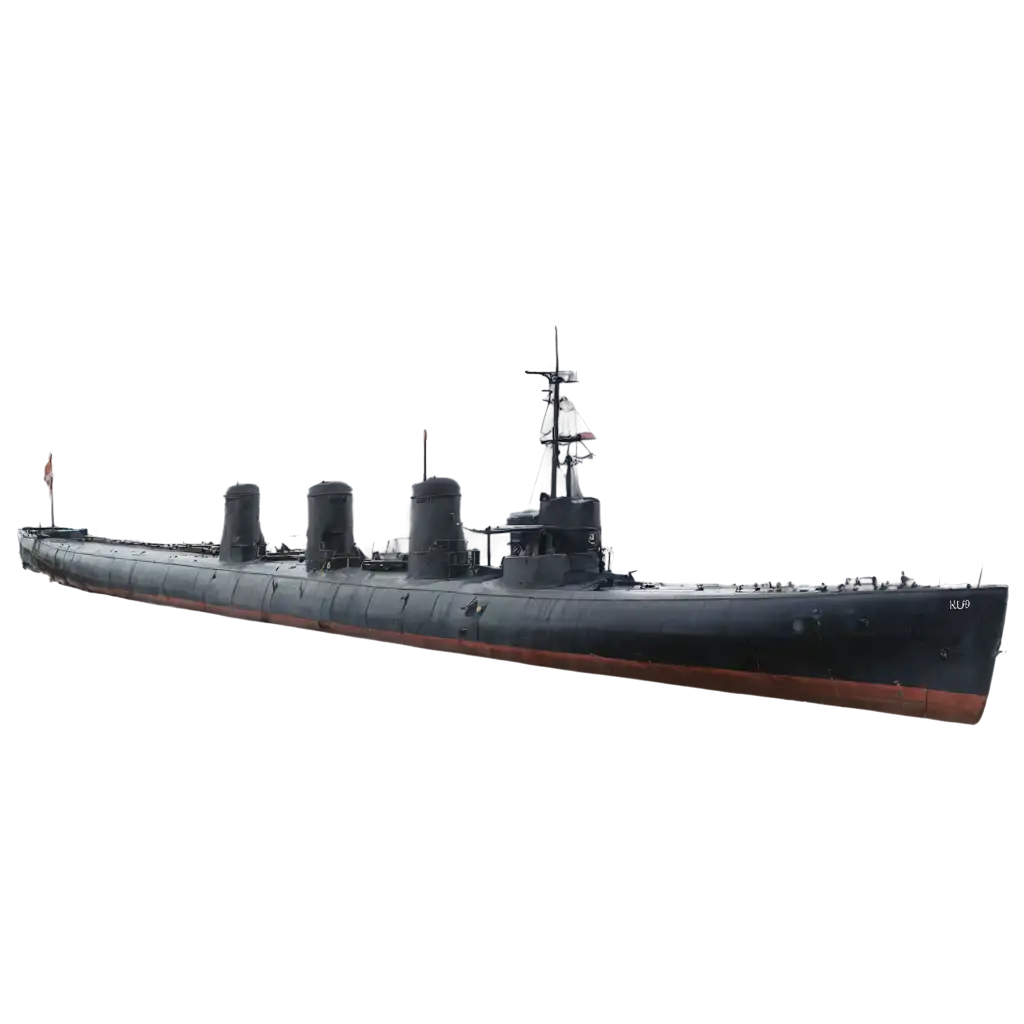
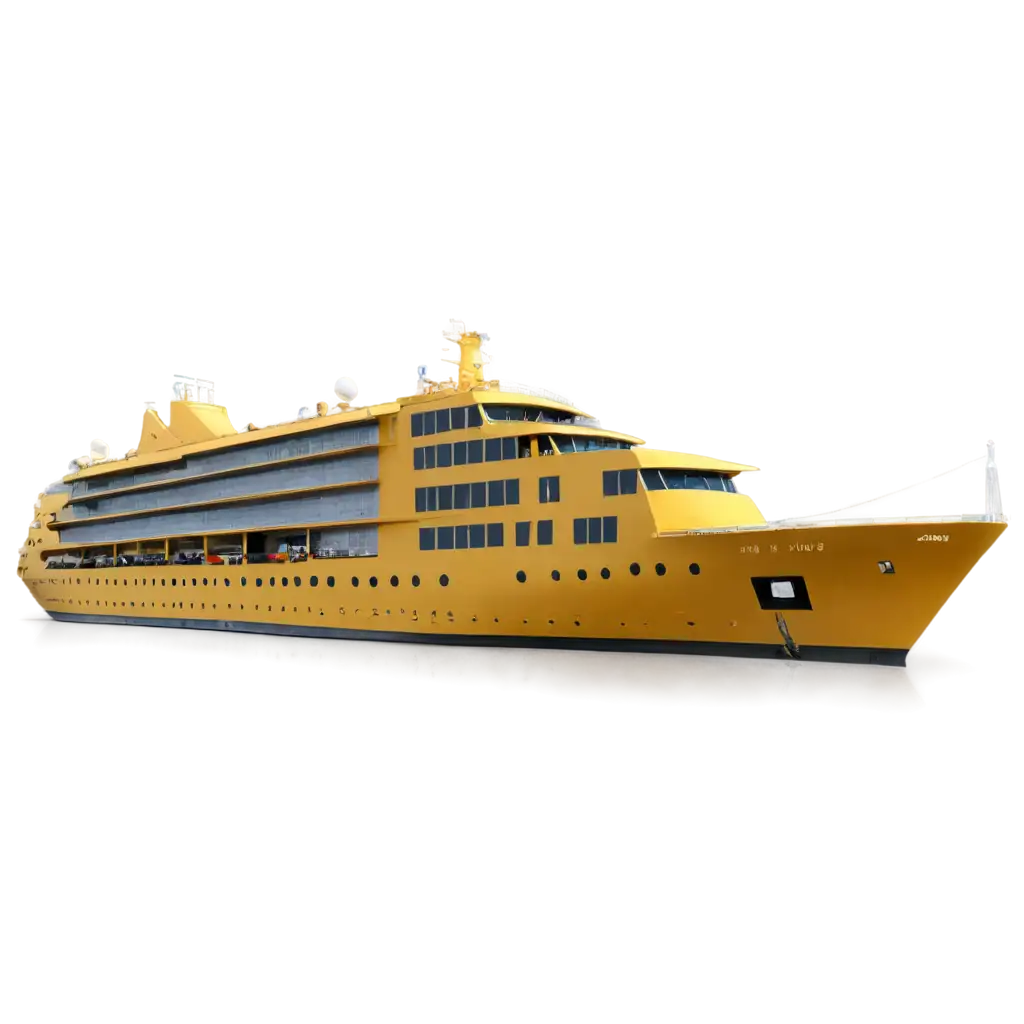
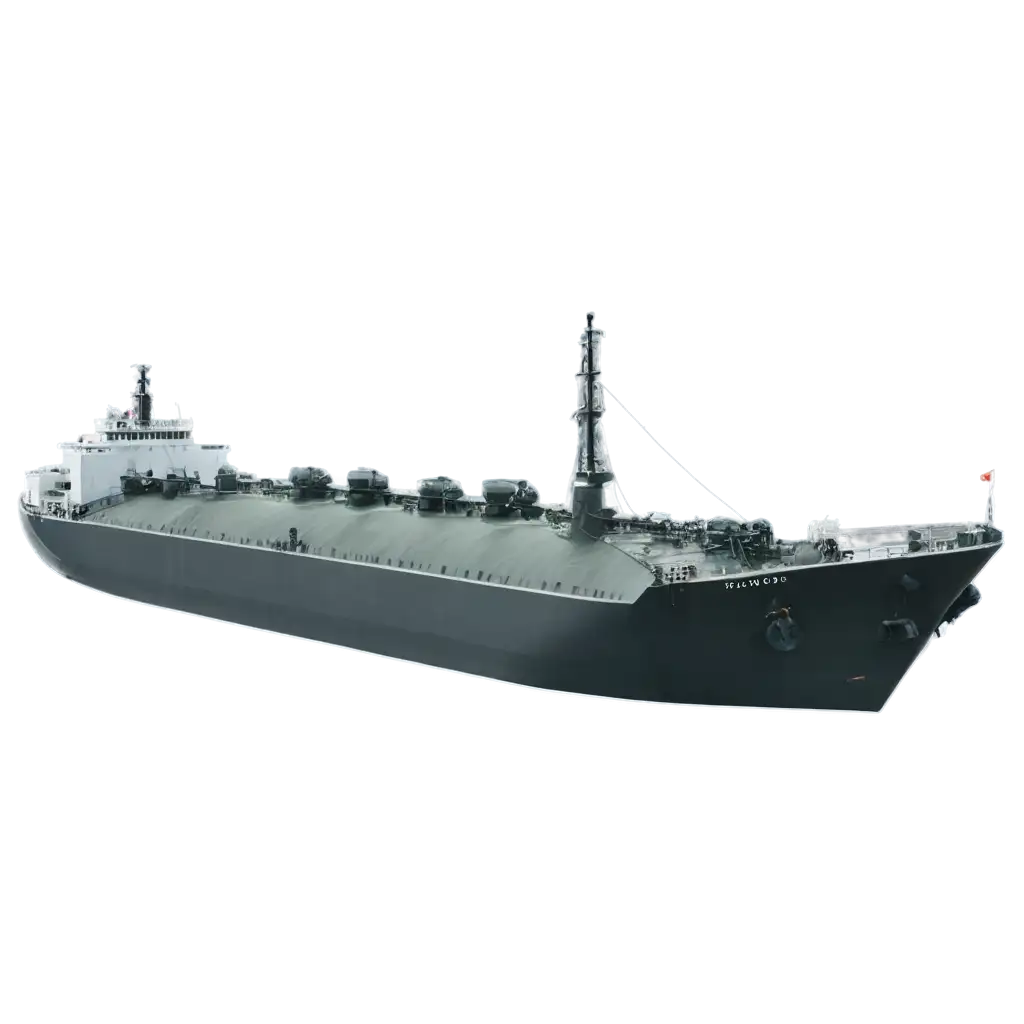
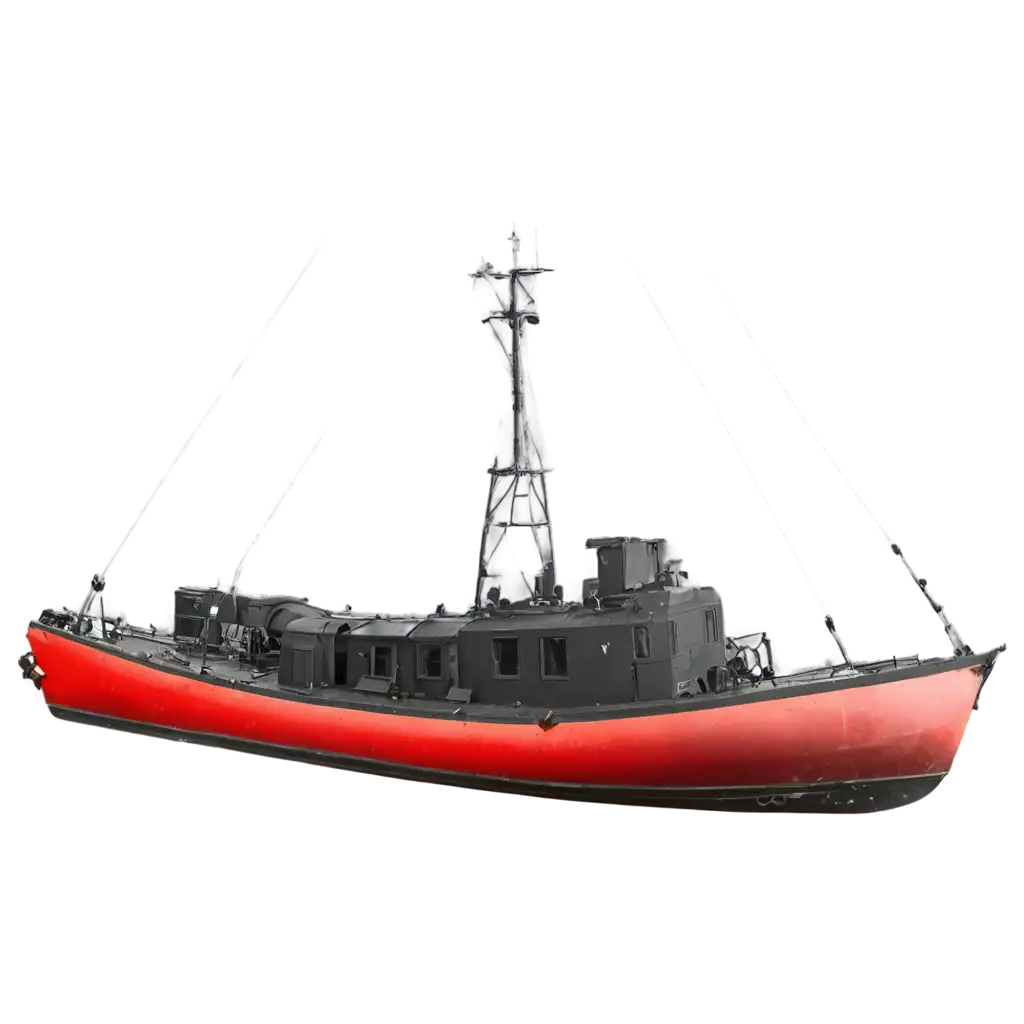
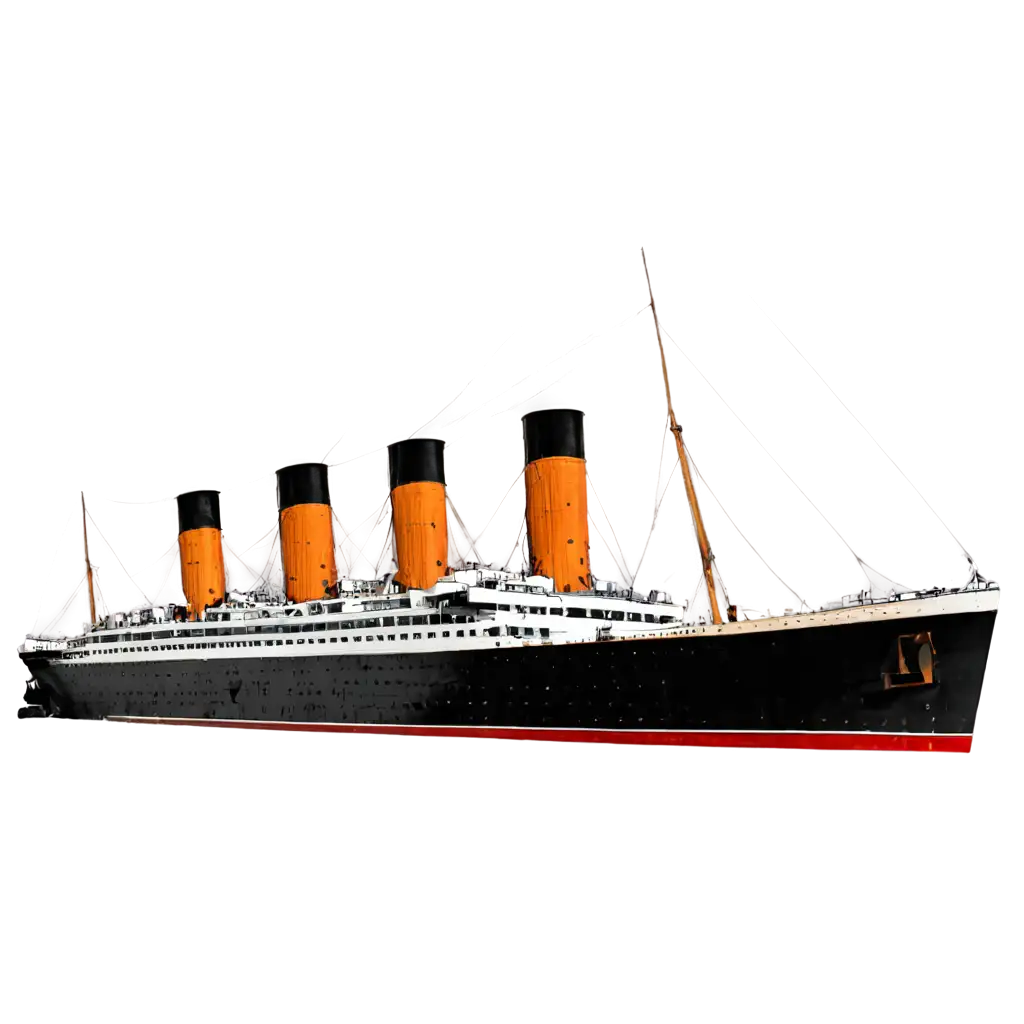
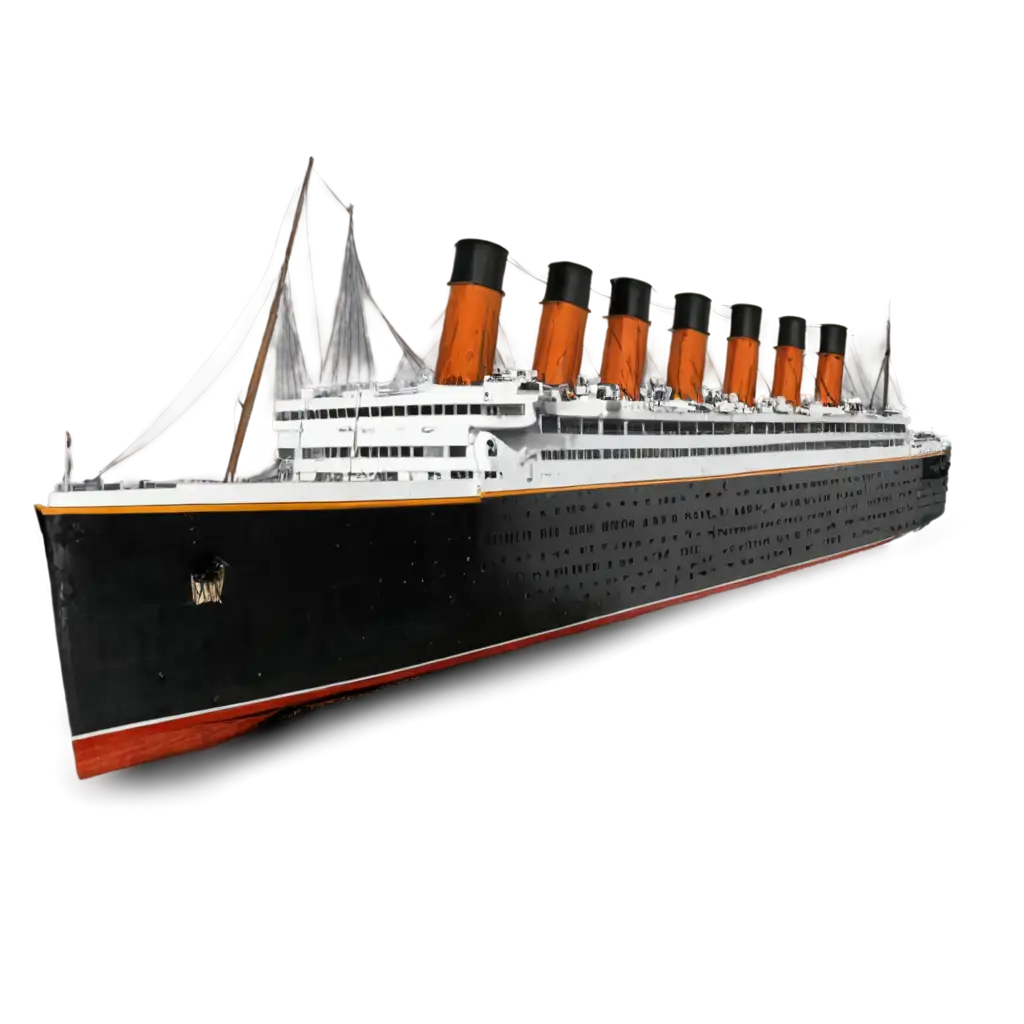
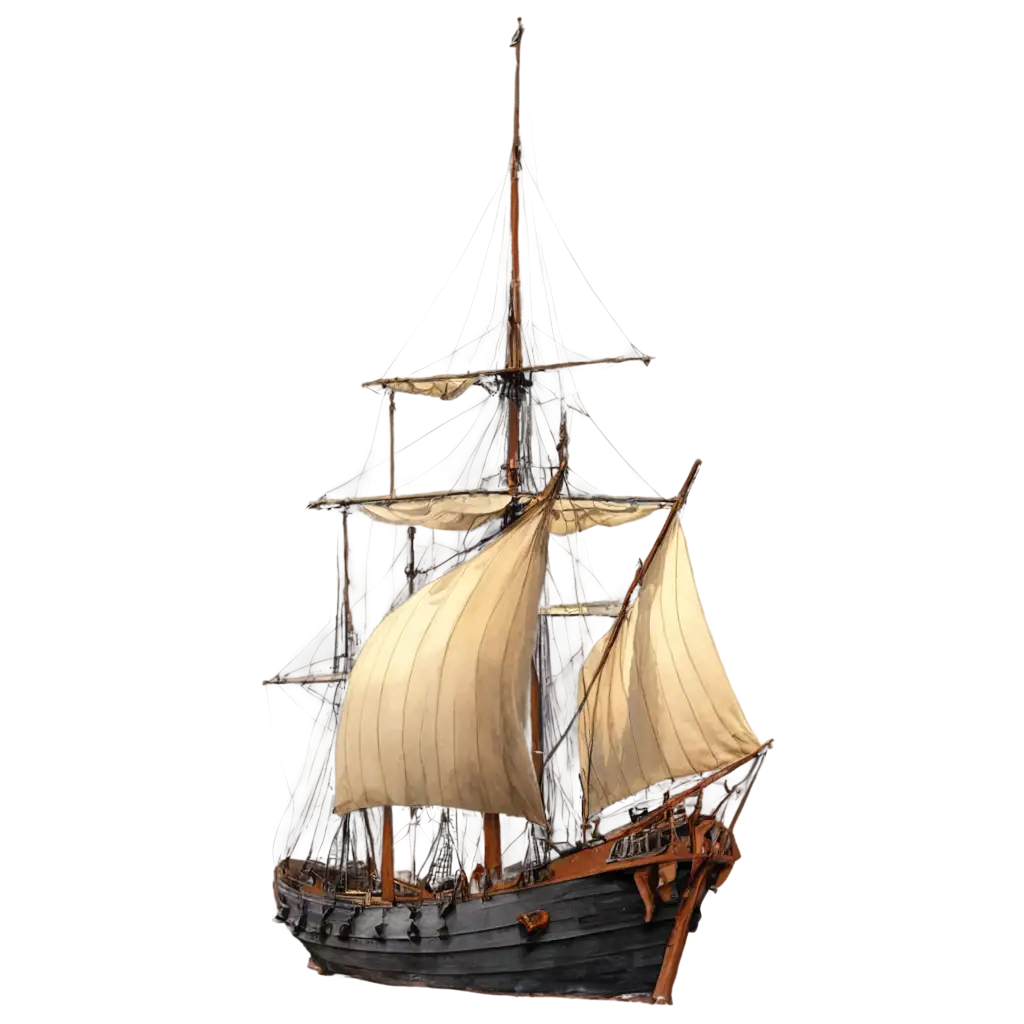
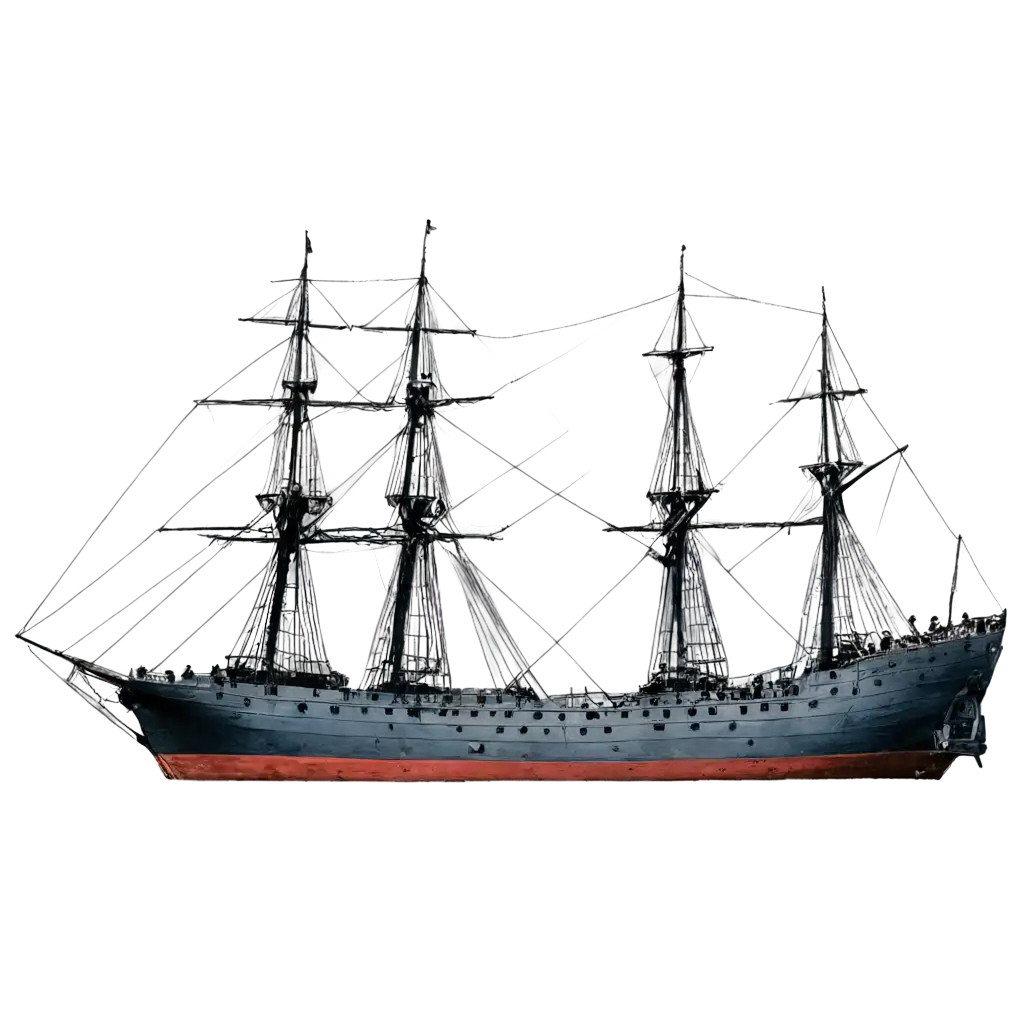
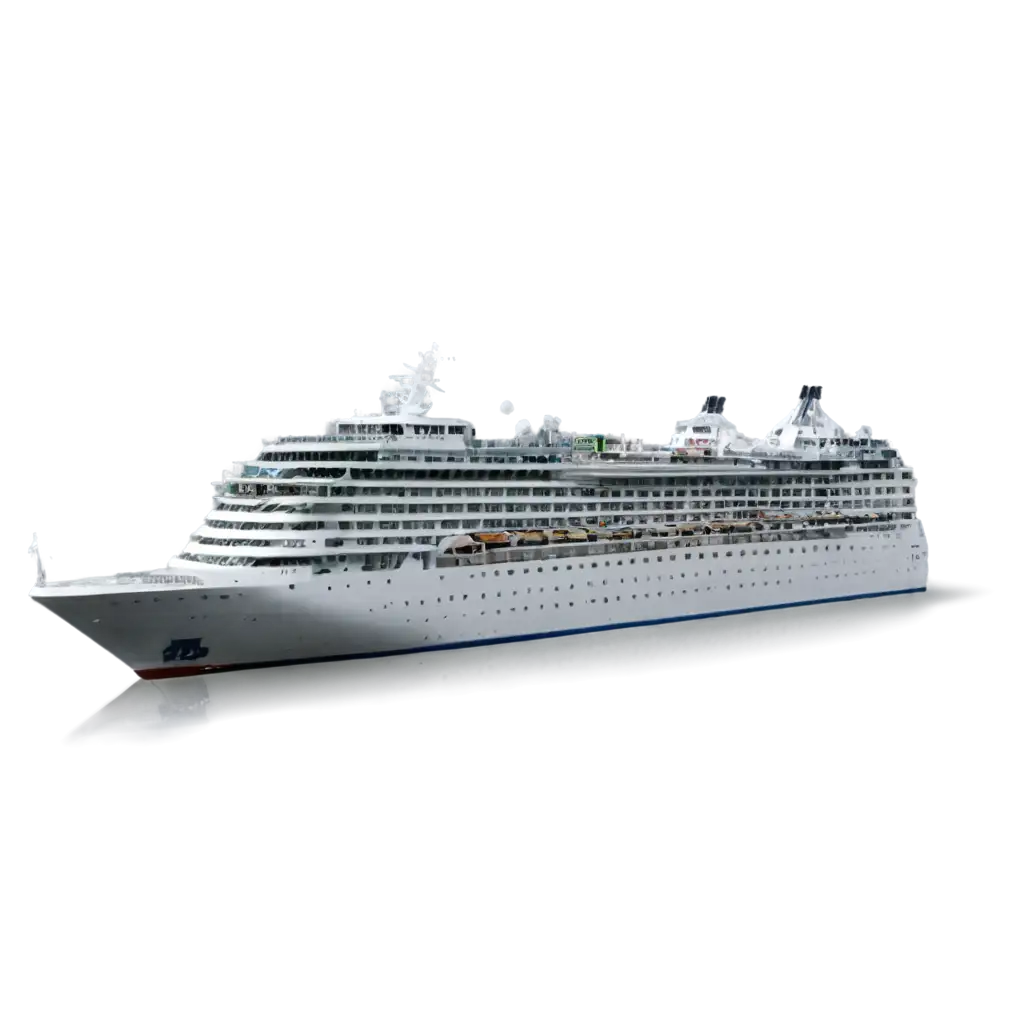
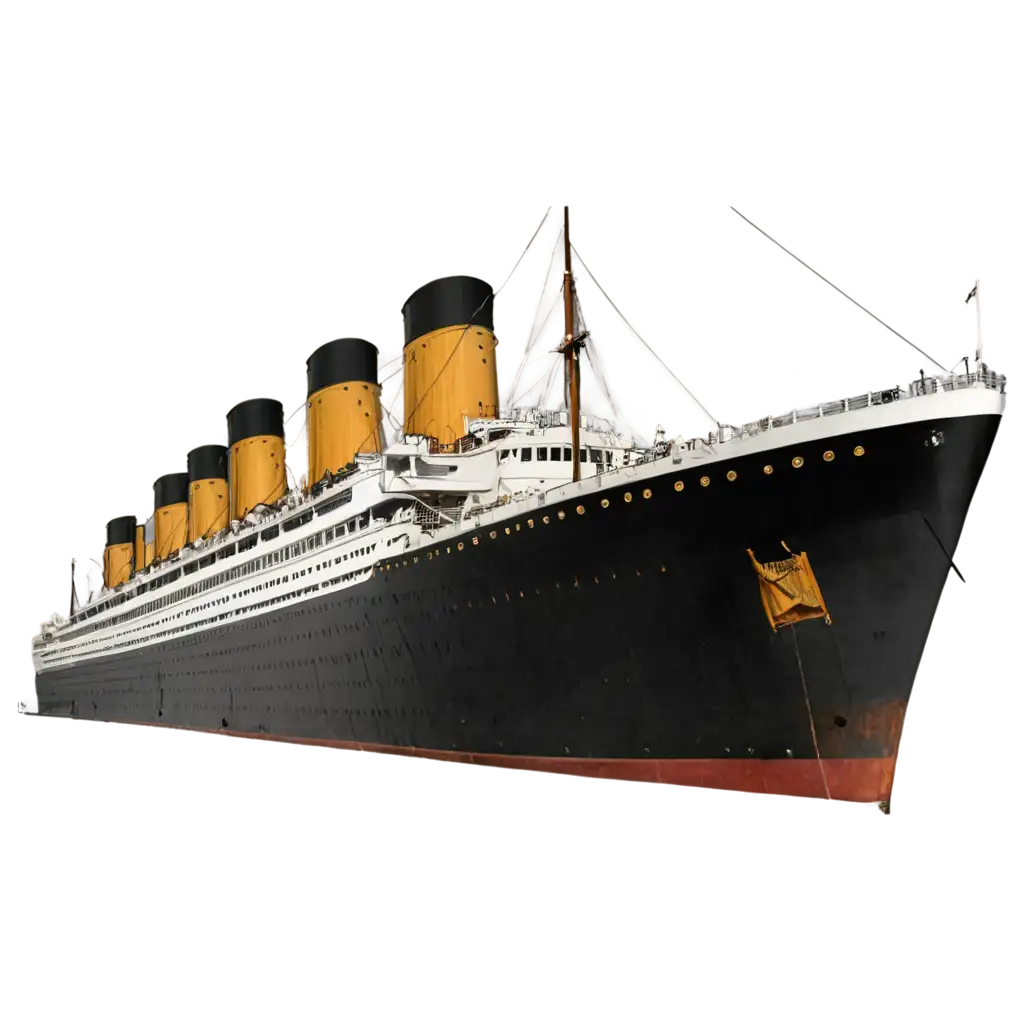


Ocean travel imagery encompasses a rich spectrum of maritime experiences, from historical sailing vessels to contemporary luxury cruise ships. In the context of AI-generated art, this category showcases various perspectives: aerial views of massive cruise ships cutting through azure waters, intimate portrayals of traditional sailing vessels with billowing sails, and dramatic seascapes capturing the raw power of ocean waves. The AI's interpretation of ocean travel often combines realistic elements with artistic flourishes, creating compelling visuals that range from photorealistic cruise ship interiors to stylized representations of maritime adventures. These images serve diverse purposes, from commercial tourism marketing to editorial content about maritime history and modern seafaring experiences.
Exploring the Diversity of Ocean Travel Imagery: From Historic Vessels to Modern Cruises
Creating compelling AI-generated ocean travel imagery requires sophisticated prompt engineering to capture the complex interplay of light, water, and maritime vessels. Key technical considerations include accurate representation of water physics, proper scaling of vessels, and realistic atmospheric effects like sea spray and cloud formations. Successful prompts often incorporate specific terminology about naval architecture, weather conditions, and maritime activities. For instance, terms like 'golden hour lighting on calm seas,' 'dramatic storm clouds over a cruise liner,' or 'aerial view of wake patterns' help achieve more authentic results. The AI's interpretation of these elements has evolved to capture subtle details like the reflection of sunlight on water, the texture of vessel surfaces, and the dynamic interaction between ships and waves.
Technical Mastery in Creating AI Ocean Travel Images
AI-generated ocean travel imagery serves numerous commercial and creative purposes in today's digital landscape. Travel agencies utilize these images for marketing materials, website headers, and social media content, appreciating the ability to generate specific scenes on demand. Content creators and bloggers leverage these visuals for articles about cruise reviews, sailing adventures, and maritime tourism. The hospitality industry, particularly cruise lines and coastal resorts, benefits from the versatility of AI-generated imagery for promotional materials, virtual tours, and conceptual designs. These images also find applications in educational content about marine navigation, ocean conservation, and maritime history, offering customizable visuals that can be adapted to specific teaching needs.
Applications and Uses in Modern Digital Media
The evolution of AI image generation technology is opening new frontiers in ocean travel visualization. Emerging trends include enhanced photorealism in vessel and water rendering, more sophisticated environmental effects, and improved accuracy in architectural details of ships. We're seeing growing demand for images that incorporate sustainable tourism elements, such as eco-friendly cruise ships and renewable energy-powered vessels. The ability to generate immersive 360-degree views and sequential images for virtual tours is becoming increasingly important. Future developments may include real-time weather integration, allowing images to reflect actual maritime conditions, and improved capabilities in rendering complex underwater scenes combined with above-water perspectives.
Future Trends in AI Ocean Travel Imagery